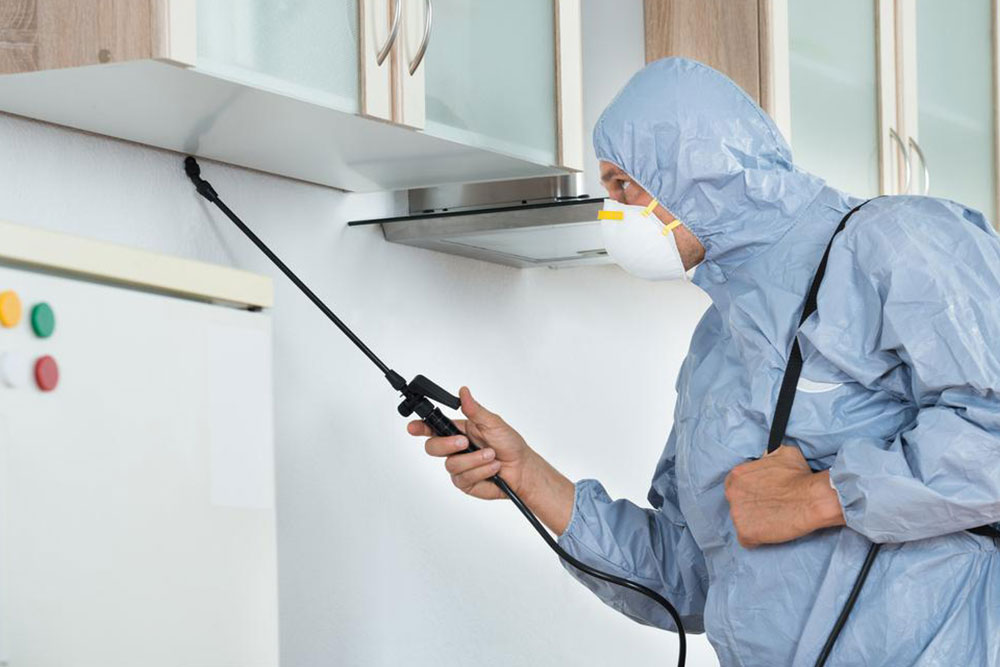Bed bug pest control
The Cimex Lectularius, commonly known as bed bugs, is a pest that feeds on the blood, which causes itchy bites to appear on the skin and generally irritate the human hosts. The government agencies such as the CDC (Centers for Disease Control and Prevention), the EPA (The Environmental Protection Agency), and the USDA (United States Department of Agriculture) have all acknowledged bed bugs has pests and a threat to public health. However, bed bugs are not known to spread diseases, but rather create other public health issues. Their only meal is blood, and so each individual has different responses to bed bug bites.

Basics of bed bugs
Bed bugs are usually flat, are reddish to brown in color, oval in shape, and usually measure up to four to five mm long, approximately the size of an apple seed. They look swollen, especially after having feasted on blood. Bed bugs can survive up to a year without meals. They feed on blood only and have got two skins, since they shed their skin when they grow to be an adult. They are more active at night time, especially when the host is sleeping.
Where bed bugs appear
Bed bugs usually appear and are seen in crevices and cracks, which include mattress seams, furniture, bedspreads, behind headboards, coat racks, electrical outlet plates, and photo frames. They are often found at hotels, especially during peak travel time when they travel “room to room” through luggage or other personal belongings.
Signs of bedbug bites
Bed bug bites are similar of those caused by mosquitoes. It is quite difficult to prove it is a bed bug bite until one finds the bed bug. Some of the common symptoms of a bed bug bite include burning and itching, puffed skin, red welts, red rashes across the area, and multiple straight lines of the bites.
Identifying and destroying bed bugs
If an individual was able to identify a bed bug bite and wants to protect his/her home from multiple troubles, then the best thing to do would be to get in pest control experts who will properly fumigate for bed bugs. Pest control experts first carefully inspect the space, then spray the medicine and also give people proper guidance. It is better to consult with pest management services which use government-approved chemicals (which includes free re-treatment in case the first assignment did not work well) and trained professionals, which will provide quick relief and maximum protection to those facing this problem.

